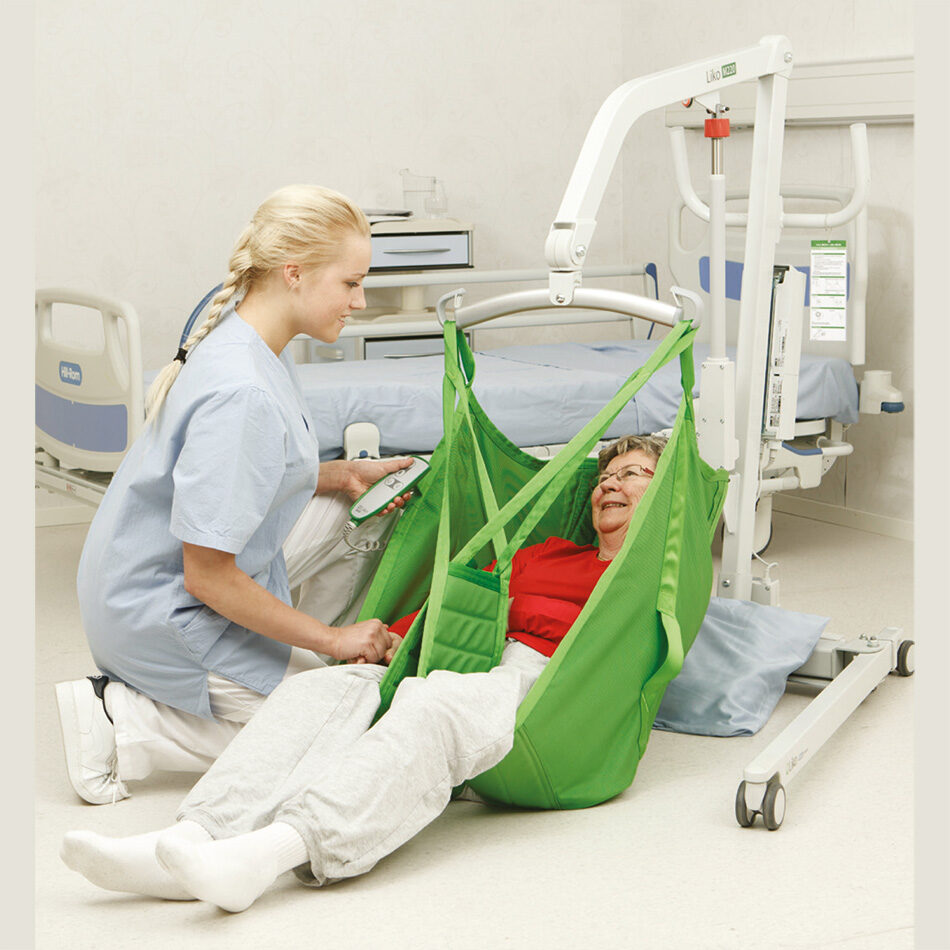Your Cart is Empty
Free shipping | Bulk Order Discounts | Best price guaranteed
Menu
-
- Home
- Shop By Category
- Moving + Handling
- Bathroom
-
Mobility Scooters
- Pavement Mobility Scooters
- Folding Mobility Scooters
- Lightweight Mobility Scooters
- 4mph Mobility Scooters
- 6-8mph Mobility Scooters
- Travel Mobility Scooters
- Lithium Mobility Scooters
- Car Boot Scooters
- Enclosed Mobility Scooters
- All Terrain Scooters
- 2 Person Scooters
- Mobility Scooter Storage
- Mobility Lifts and Hoists
- Mobility Scooter Canopies
- Seating
- Wheelchairs
- Rollators
- Beds + Mattresses
- Medical Equipment
- Powerchairs
- Health + Safety
- Help Centre
- Returns
- Price Guarantee
- Contact Us
-
- Speak With An Expert: 020 3576 3028
- Login

Free shipping | Bulk Order Discounts | Best price guaranteed
Add description, images, menus and links to your mega menu
A column with no settings can be used as a spacer
Link to your collections, sales and even external links
Add up to five columns
Add description, images, menus and links to your mega menu
A column with no settings can be used as a spacer
Link to your collections, sales and even external links
Add up to five columns

What is Moving and Handling Equipment? Essential Tools for Carers
October 17, 2024 4 min read
Moving and handling equipment is essential in health and social care settings. It helps to move objects or people safely, reducing the risk of injuries. These tools include hoists, lifts, and slide sheets, which make tasks easier and safer for everyone involved. Understanding the right equipment and how to use it can prevent accidents and promote a safe working environment.

The right equipment can make a huge difference in daily tasks. Employees often need to move heavy or awkward items, and using specialised tools can relieve physical strain. Proper use of this equipment ensures that workers and those they care for are safe and comfortable. This not only improves efficiency but also enhances the quality of care provided.
To meet safety standards, equipment must be maintained and checked regularly. Compliance with guidelines like the Lifting Operations and Lifting Equipment Regulations (LOLER) ensures equipment remains in top condition. Following these protocols reduces risks and supports the well-being of both staff and service users.
Key Takeaways
- Proper use of equipment prevents injuries.
- Regular maintenance ensures safety and compliance.
- Effective equipment use enhances care quality.
Understanding Moving and Handling Equipment
In various settings, moving and handling equipment are essential tools designed to help transport, lift, or support individuals and objects safely. Proper use can prevent injuries and ensure compliance with safety regulations.
Key Concepts in Moving and Handling
Handling equipment involves techniques and devices used to transport or support a load, which could be a person or an object. Safe moving is about using these tools efficiently to prevent accidents and injuries. Knowing the mechanics of how tools like hoists and slings function is crucial. These devices minimise strain on your body, reducing the risk of musculoskeletal disorders. By following correct procedures, you can ensure everyone's safety.
Types of Handling Equipment
Different types of handling equipment include hoists, slide sheets, and transfer boards. Hoists can be manual or electric, like electric profiling beds, which aid in lifting and repositioning patients. Slide sheets are used to move individuals smoothly by reducing friction between surfaces. Transfer boards allow safe movement from one place to another, such as from a wheelchair to a car seat. Using the right equipment for specific tasks maximises safety.
Regulations Governing Safe Handling
Several regulations govern safe handling to protect workers and service users. The Manual Handling Operations Regulations 1992 require risk assessments and policies for safe handling. The Lifting Operations and Lifting Equipment Regulations demand that lifting equipment be properly maintained. The Health and Safety at Work Act 1974 provides a legal framework for a safe working environment. Compliance with these regulations helps minimise risks related to incorrect handling practices.
Best Practices in Moving and Handling

When engaging in moving and handling activities, it's crucial to follow structured practices to minimise the risk of injury and ensure safety for both carers and individuals. This involves conducting thorough risk assessments, developing tailored care plans, implementing effective control measures, and prioritising communication and training.
Conducting Risk Assessments
Risk assessments are essential to identify potential hazards and reduce the risk of injuries like musculoskeletal disorders and back pain. You should assess the environment, individual handling needs, and the equipment involved. In care settings, evaluate each scenario to ensure the conditions are safe for both the workforce and care service users. You are encouraged to use guidelines from organisations such as the Health and Safety Executive.
Developing Individual Care Plans
Individual care plans are fundamental in catering to specific handling needs. Each care plan should address the requirements and abilities of the person, incorporating input from professionals like physiotherapists and occupational therapists. These plans should outline the principles for safe moving and handling, ensuring patient safety while respecting their dignity. Regular updates and adjustments are necessary as needs change over time.
Implementing Control Measures
Control measures are actions that reduce identified risks and provide a safer environment. This includes using appropriate mechanical aids and planning the lift by ensuring a stable load. Employing good posture, such as avoiding twisting and bending, is important. Incorporate teamwork and clear communication to coordinate movements effectively. Consult comprehensive guides offered by institutions like the Royal College of Nursing.
Training and Communication
Training is vital for you to understand and apply the correct techniques. Regular training sessions that focus on practical skills help in embedding good practices. Communication should be clear and concise to avoid misunderstandings during operations. Encourage a culture where feedback and questions are welcomed, fostering an environment where safety is prioritised. Training from organisations such as the Disabled Living Foundation can be particularly beneficial.
Frequently Asked Questions

Understanding how moving and handling equipment is used in healthcare settings is crucial. These tools not only enhance efficiency but also ensure safety for both healthcare workers and patients.
Which moving and handling aids are essential in a healthcare setting?
In hospitals, essential aids include hoists for lifting patients, sliding sheets for transferring individuals from beds to stretchers, hoist slings and belts that offer support when moving patients. Wheelchairs and electric profiling beds also play vital roles by reducing physical strain on staff and ensuring patient comfort.
How does proper use of moving and handling equipment improve patient safety in hospitals?
When used correctly, moving and handling equipment reduces the risk of injury. This ensures that patients are transferred smoothly without causing unnecessary stress or harm. Proper use also supports optimal patient positioning, reducing the chance of pressure sores and enhancing overall care quality.
What are the main principles that should be adhered to when using moving and handling equipment?
Key principles include assessing the task beforehand to ensure the correct equipment is used and maintaining clear communication with the patient throughout the process. Regular training for staff on equipment usage and following ergonomic practices are also essential to minimise risks and ensure safe handling.
Also in Blog

What Does Moving and Handling Training Involve? Key Components
January 06, 2025 4 min read
Read MoreSubscribe
Sign up to get the latest on sales, new releases and more …

